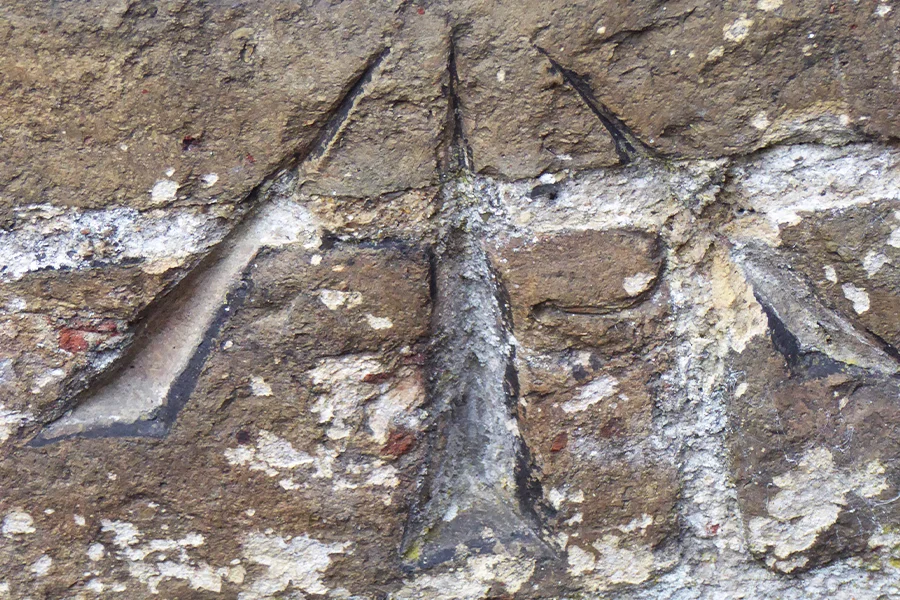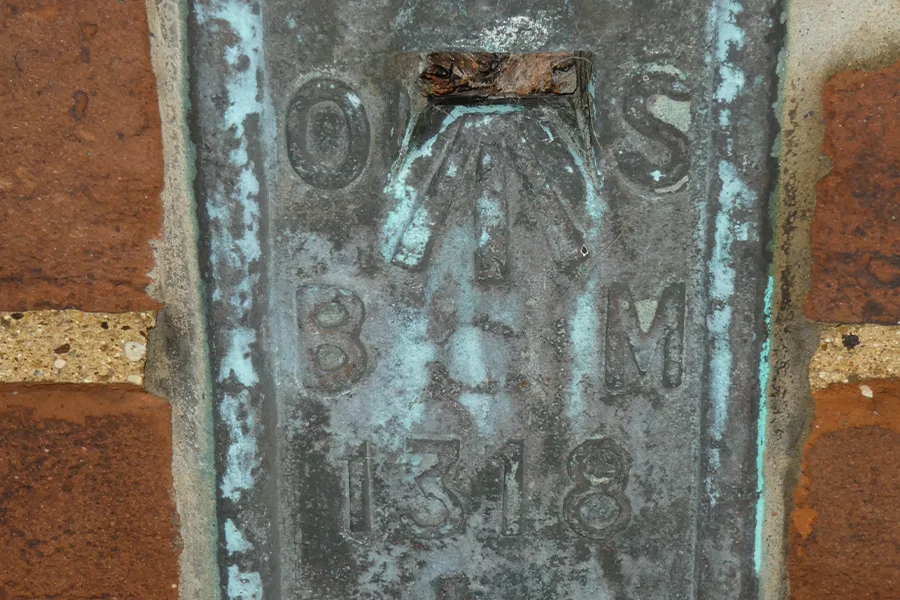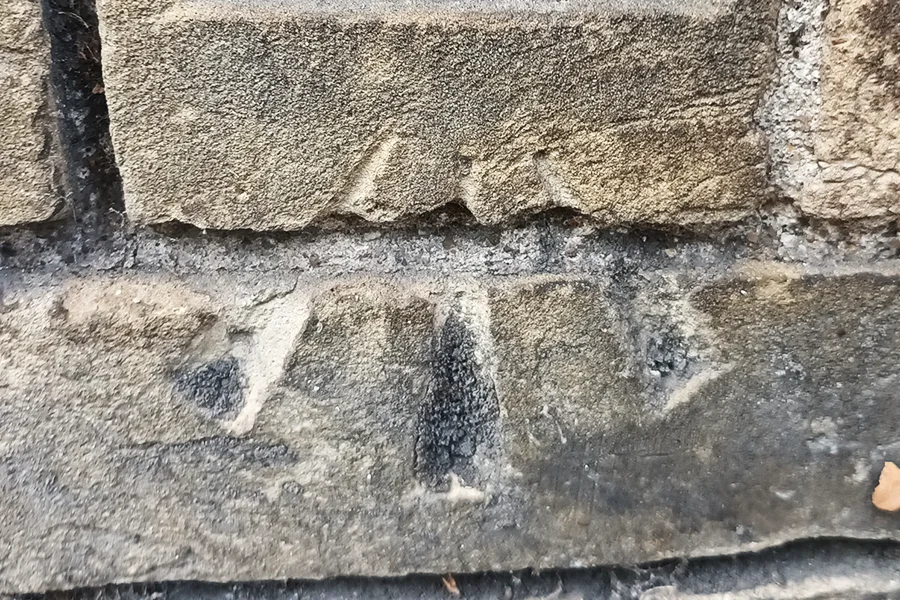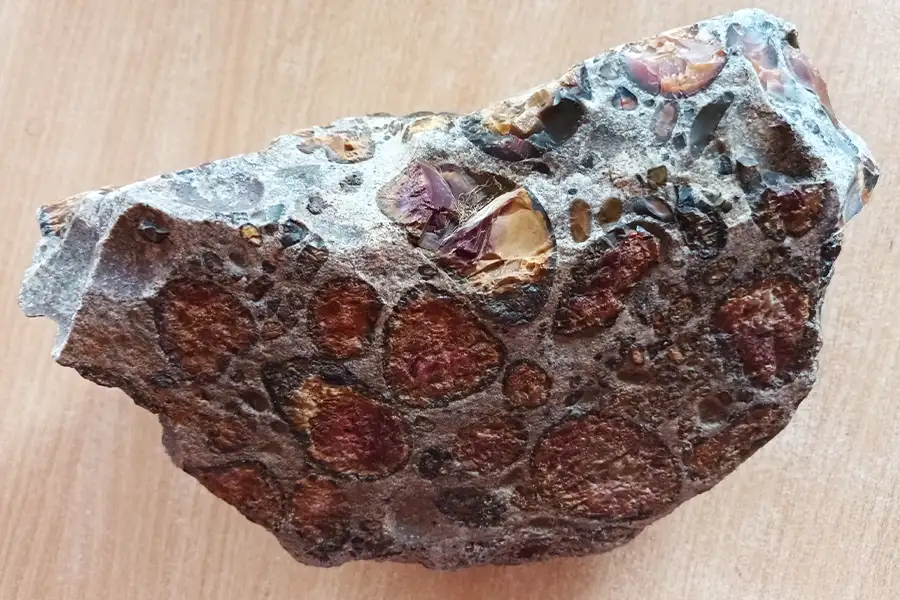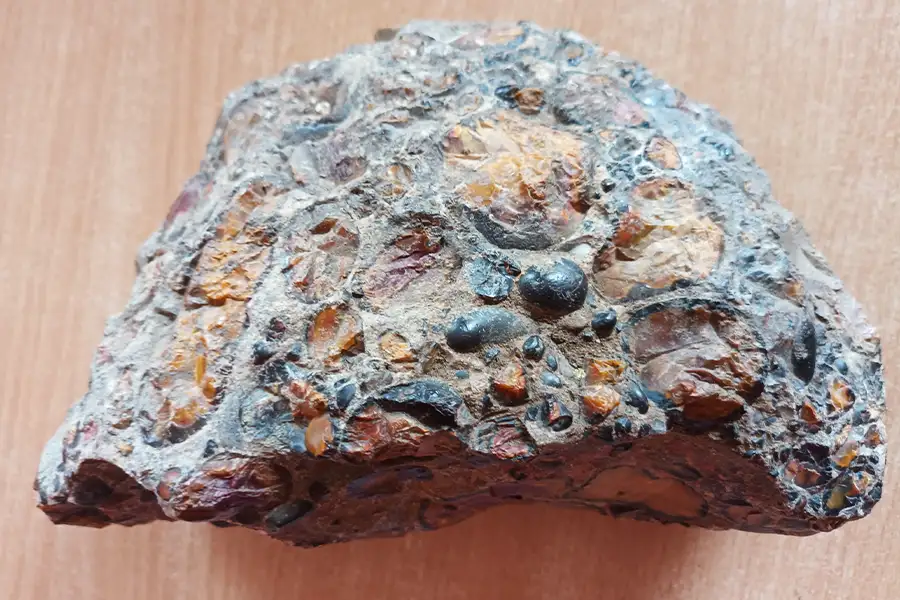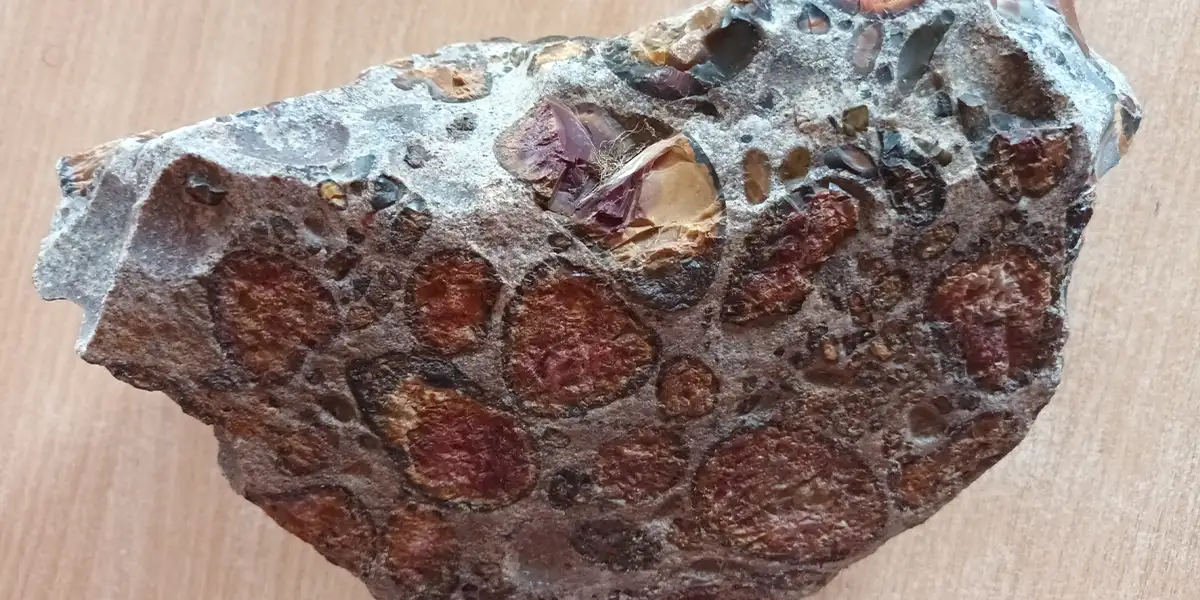
Ancient Marvels: Uncovering the True Identity of a Pudding Stone Beehive Quern
Discover the fascinating history behind a 60-million-year-old artifact, mistaken for Portland cement, and its journey from Roman kitchens to modern-day revelations.
Most people think this is stone set into a chunk of Portland cement.
Cement is one of the main ingredients of concrete, whilst Portland is a generic term, purportedly named after Dorset stone which it resembles. Joseph Aspdin held a patent for Portland in 1824, but it was experimentation undertaken by his son William during the 1840’s in Germany that created the material we recognise today.
These photos actually depict something which is about 60 million years old, being a piece of Pudding stone from Hertford. Origin Paleogene, so just after the Cretaceous period about 60 million years ago when molten quartz pebbles were probably blasted into it. The cement type surround is melted micro-crystalline chert/shale/sandstone.
However, this piece, has been formed into a Beehive quern, thought to be a Roman villa domestic implement. Beehive because of the shape and quern as this is half the top section of stone used as a simple mill to hand grind corn & meal. It would have had some sort of handle bored into the side to rotate the stone…thus creating the polished stones to the underside. This was therefore a piece of Roman kitchen machinery, which has been certified as a 2nd Century tool, so 1800 years old.
In some places, particularly Scotland, they are often found to have been deliberately broken, as they were seen as a way to avoid paying a flour levy/tax, at a time when the Lairds & Lords took a proportion of the mills flour by right.
Bench Marks
Unveiling the hidden markers that shaped the UK's accurate mapping – now overlooked, yet in plain [...]
Imperial Lengths and Areas
Although officially only used since 1824, there was 141 years until Great Britain changed to the [...]
Ancient Marvels: Uncovering the True Identity of a Pudding Stone Beehive Quern
Discover the fascinating history behind a 60-million-year-old artifact, mistaken for Portland cement, and its journey [...]
